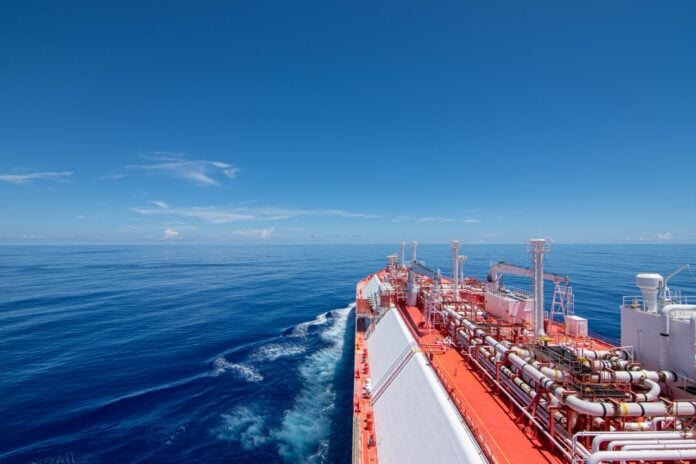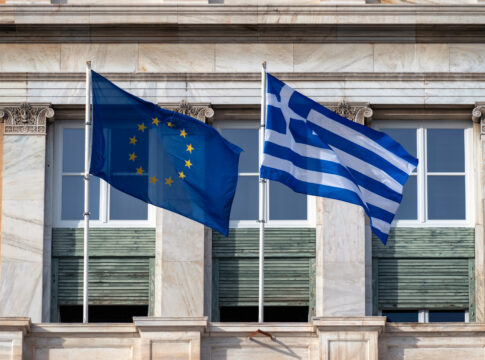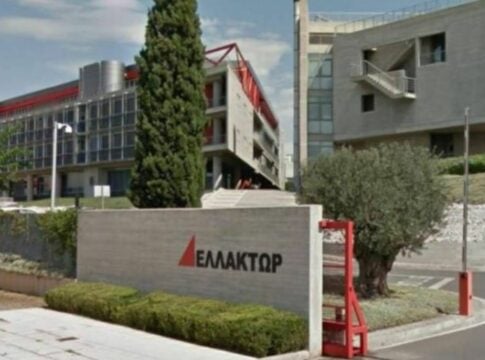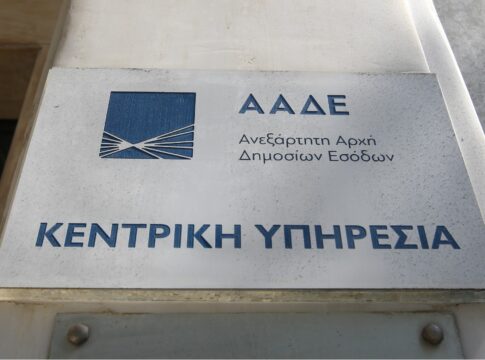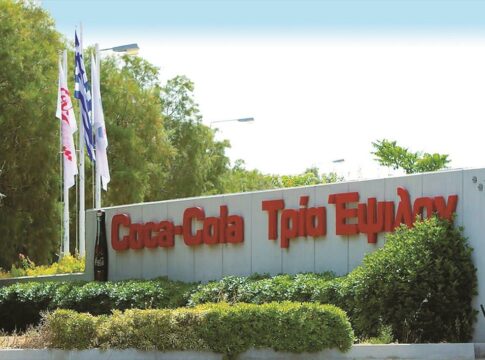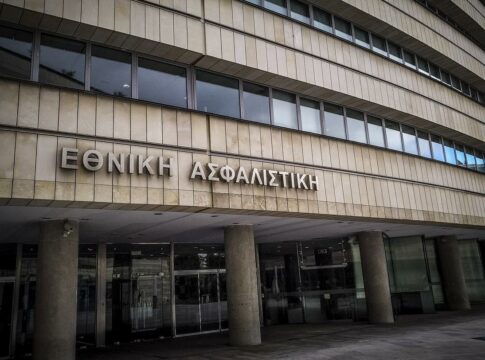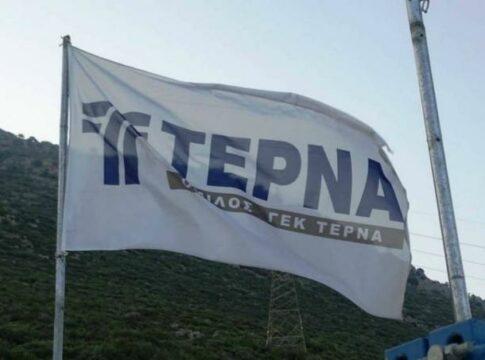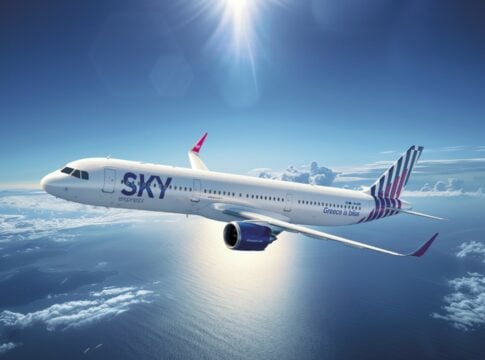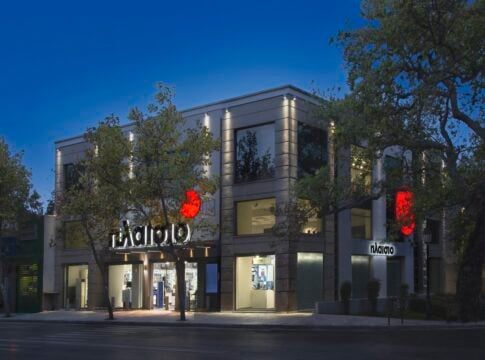Greek shipowners have lately significantly accelerated their new shipbuilding programs.
More specifically, from the end of February 2023 to the end of February 2024 they have placed orders for 205 ships, of all types, while the Japanese and Chinese competitors are far behind, with 116 and 94 ships respectively.
In fact, the difference in investment interest in new vessels, compared to the corresponding period of February 2023 to February 2022, is huge, since during that period Greek shipowners had placed approximately 84 orders.
Types of ships
In the last 12 months, Greek shipowners have placed orders for more than 100 tankers, but also for more than 65 bulk carriers.
Orders for containerships are low, while there are 28 for gas carriers.
The orders of the Greek shipowners include ships that can run on liquefied natural gas, with methanol, as well as ships “ready” for other green fuels.
At the same time, there is increased interest in new types of ships, which can transport carbon dioxide and ammonia, while there are also companies with Greek interests that are considering the maritime transport of hydrogen.
There are also many orders for ships powered by conventional fuels, have clear green characteristics and achieve a reduction in consumption from 30% to 40%.
According to Clarksons data, the price for a VLCC supertanker reached 128 million US dollars in 2024 from 120 million US dollars in 2022.
At bulk carriers, capes have reached 67.75 million US dollars from 60.5 million US dollars in 2022.
The increases are also big for Gas carriers, with LPG now costing $117 million from $113.5 million in 2023 and $95.5 million in 2022.
Finally, LNG carriers remain at the beginning of 2024 at 265 million dollars as in 2023, while at 248 million dollars they were in 2022 and at 210 million dollars in 2021.



